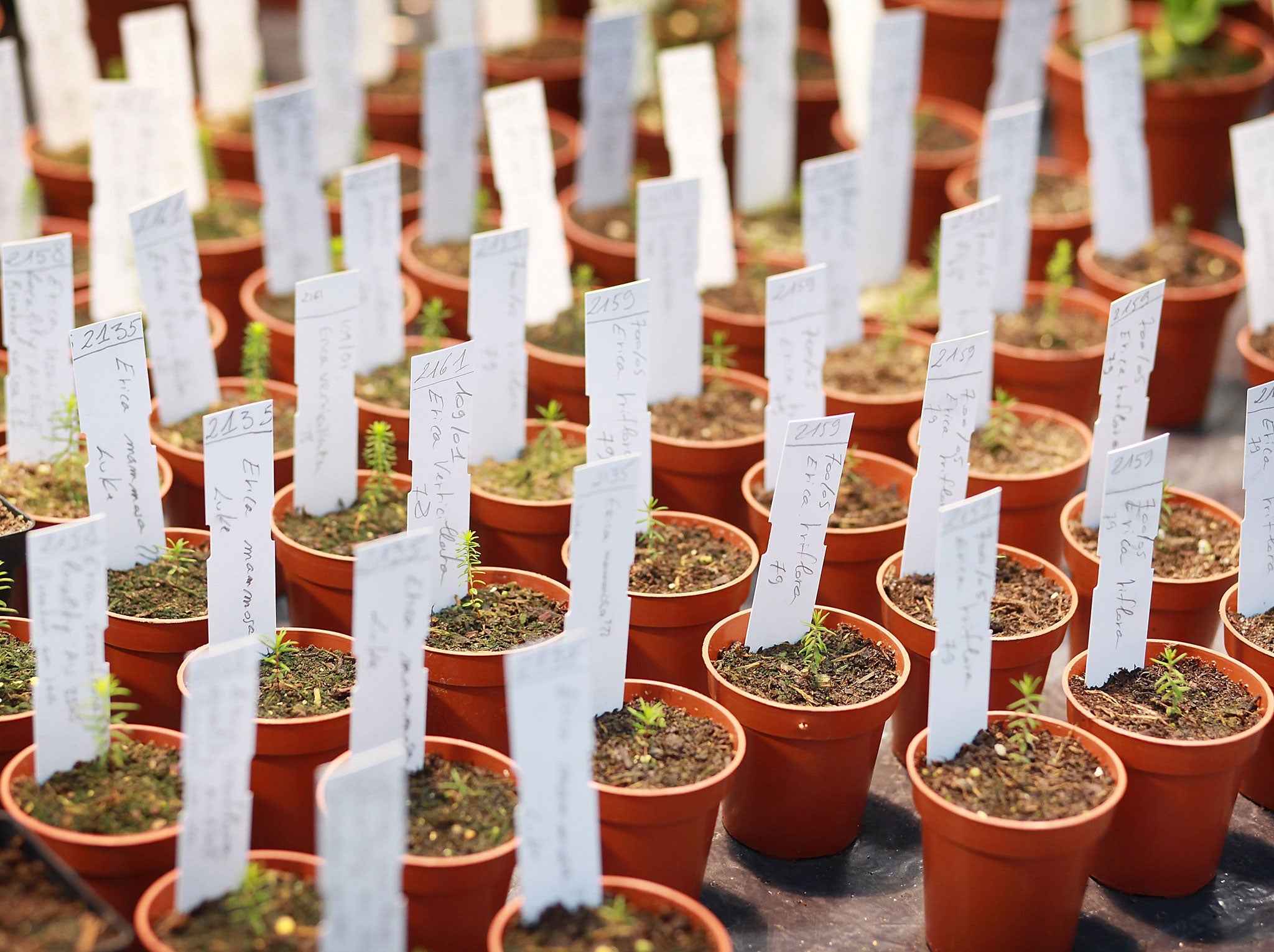How can we be confident that things are really getting better?
There have been so many disappointments over the economic recovery that caution is wise. So which green shoots are the ones we can rely on?


A slightly lighter economic sky: Mark Carney has noted it, George Osborne has remarked on it, and more generally the US Federal Reserve has started to prepare for it. But there have been so many disappointments that caution is inevitable and wise. So what indicators should we look at that might tell us whether recovery is, indeed, secure?
It is a global question, rather than a domestic one, and the UK is an unusually open economy – but there is a twist. That is the impact of China on the rest of the world. It has gone on growing right through the downturn, but now seems to be slowing somewhat. That strong growth greatly benefited commodity and raw-material producers: within the developed world, countries such as Australia and Canada. It also helped countries with strong exports to China, including Germany. But in some ways that growth inhibited activity elsewhere. Thus the world did not get the boost it might have expected from lower oil and other input prices. Because China was scooping up raw materials the rest of us had to pay more for them.
That is not a bad starting point to look ahead. The most helpful boost to the UK economy would be getting inflation back to the target of 2 per cent. Only then can living standards start to rise in any meaningful way. Part of the reason for inflation overshooting is high administered prices: the increase in university fees and the surcharge on utility prices from “green” obligations. But another part is import prices, increased by the weaker pound and high energy prices. We cannot do much about the first, or rather can’t without changes in policy, but we can hope for relief on the second.
The next thing to look for is optimism in service industries. Private-sector services are two-thirds of the economy. The key indicator here is the purchasing managers’ index, PMI. It is a simple idea. You ask companies a series of questions: whether they think demand for their goods will rise, whether they plan to start hiring, and so on. You then add up all the positive answers and all the negative ones and if the balance is above 50 per cent (ie more optimists than pessimists) that signals expansion. This week we have had OK-ish PMIs for manufacturing and construction, and today we get them for services. So far, services have been reasonably optimistic, and any further strength would be most welcome.
Of the other key indictors I would pick out two. One is employment, which in economic terms, though maybe not social or political, is the most important bit of labour market data. Numbers have been strong, some would say puzzlingly so, despite low published growth numbers. But you have to be careful, partly because many new jobs have been part-time or self-employment. Nothing wrong with either, but the creation of new full-time jobs tells us more about what is happening to final demand. You don’t hire people if you don’t have the work for them.
The other is housing activity – not so much prices, but rather the number of homes being sold. Transactions have been remarkably low and still are, despite the slight recovery in prices. If these start to come up, that would be positive for the economy. If not, well, that would be a signal that the recovery continues to be muted.
If all this seems both tentative and complicated, well, I am afraid it is. If you want to simplify things, go for the PMIs. They have, over the years, proved a pretty good harbinger of economic growth, and the reverse. And remember, over 50 is good, below 50 is bad. Simple, eh?
Hope for the dismal science
Some encouraging news about the future of economics: there has been a surge in interest among young people. Evidence comes from the huge increase in entries to the Royal Economics Society’s essay competition, open to all A-level students, administered by tutor2u. This year, 1,164 essays were entered, an increase of 60 per cent on last year, itself a record. Students from more than 300 schools and colleges entered. Suddenly, it seems, studying economics at school has become fashionable again.
This is good news for those of us who care about the future of the discipline, but something else I saw seemed most encouraging. It is the practical, tough-minded nature of the essay subjects. These included: “Does the international mobility of talent make it impossible to tax the rich?”, “Should the experience of China silence those who think that democracy is good for growth?” and “Must quantitative easing end in inflation?”
These are the sort of practical issues economists should be worrying about, surely, rather than the mathematical blind-alley in which a chunk of the subject now finds itself. We would all like to know the answer to that last one.

Join our commenting forum
Join thought-provoking conversations, follow other Independent readers and see their replies